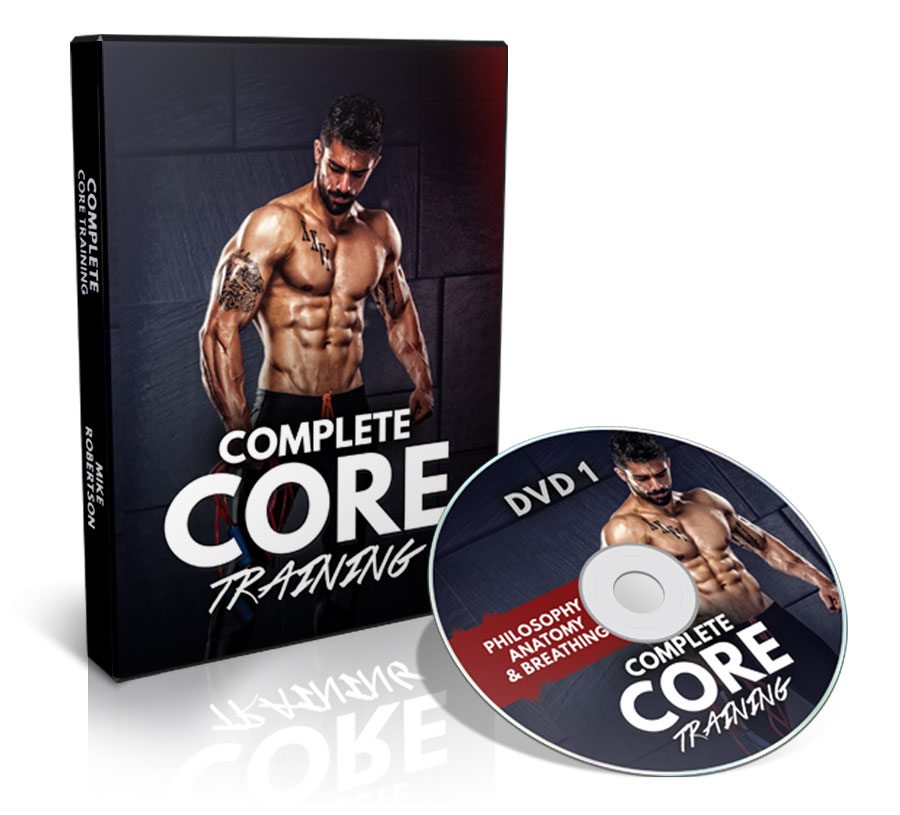Introduction to Strength Training for the Young Athlete
A Block Zero Model
Rashad Roberts, MS
Strength and Conditioning Director, Pine Crest School
Today, many high school strength coaches have been known to force training techniques through repetition when it comes to an athlete not being able to complete a lift. Either with proper or improper technique, repetitive movement with overexertion can become damaging, not only physically, but mentally as well. We as coaches must acknowledge and understand that coaching athlete’s with a training age of zero (Block Zero) “PATIENCE” is a key component to being able to get the best out of young athletes. There should be a realization that there is not a time limit on strength gains at this level, and there will not be any expectations of knowledge or experience. The purpose of this article is to give strength and conditioning coaches another perspective of how to implement a Block Zero program into their methodology. Our goal is to give you an overview of how we progress our athletes when they enter our program.
From the middle school age (11-14 years old) through the high school development (ages 14-18 years old) the implementation of an introductory strength training program should not have massive variation. The vulnerability of a novice trainee obtaining an injury from improper technique is highly likely as repetition needs to be emphasized. The number one focus of strength training is injury prevention. I believe we sometimes miss that point. As you introduce athletes to strength training, “slow and steady” should be the training motto. Holistically speaking, core training and hip mobility are undervalued by many at this training stage and should be prioritized. Prior to any lifting, core stabilization is our primary focus. Whether we are emphasizing rotation or stabilization, core training is our number one focus during each training session.
Our first strength phase of Block Zero is bodyweight dominant until further instructed. The athlete’s duration of the bodyweight program will be determined by the coach. Athletic positioning is taught first followed by landing and jumping mechanics. Athletic positioning not only puts the kids at an advantage for sport but for advancing movements and lifts as well. Jumping not only teaches the athletes how to apply force through the ground, but it allows them to get an advantage on lifts that they will progress to such as deadlifts and squats. As training progresses, your athletes may notice that many of the lifts may lead to or even coincide with the next.
Below is an example of a Block Zero Introductory 5 week cycle:
Week 1 = Introduction (Bodyweight) (Light Volume)
Introductory week (Week 1) – gives the coach a week to introduce the foundation that will be instilled so the athletes can begin proper technique development. The basic fundamentals of athletic positioning and core training are taught.
Week 2 = Base (Bodyweight) (Light to Moderate Volume)
Base week 1 (Week 2) – opens the opportunity for utilizing external load by auto-regulation while volume may increase from the introductory week. As mentioned earlier, if the athlete is not ready to progress you have the ability to regulate what happens, it is easy to increase the volume without ramping the weight.
Week 3 = Base (Bodyweight-Lightweight) (Moderate Volume)
Base week 2 (Week 3) – typically, this is the first week where you will start to reap the benefits of your coaching. This is where you may see the athletes looking strong and stable in specific lifts and may even ask to utilize weights for these lifts. The volume is moderate, because this is a point in time where your progression needs to start advancing to allow proper strength gains.
Week 4 = Base to Load (Lightweight-Moderate Weight) (Moderate Volume)
Base to Load 1(Week 4) – Athletes may show the proper improvements to start advancing to different lifts. Although it is still listed as a load week, you may still have a few athletes that are not showing the proper strength gains needed to have an additional load, so we still keep a base week quantity with a moderate to high volume.
Week 5 = Base to Load (Moderate Weight) (Moderate to High Volume)
Base to Load 2 (Week 5) – the final week of the cycle. During this week, you as a coach have to make a decision if your athlete(s) are ready to transition into the next progression of lifts. You may have athletes who need an additional week of this introductory cycle.
NOTE: Remember; as a coach, we have the ultimate say so in auto-regulating the cycle. If an extra week of athletic positioning and bodyweight training is needed, keep the athlete at the proper week of the introductory cycle. PATIENCE!
As we reinvent the mindset of strength training, never allow pride to detour us from our ultimate goal in this field. Start with a positive goal in mind and stay true to it. Our number one priority should be our athletes and injury prevention, not trying to out lift our fellow strength coach’s athletes to prove a point. Large strength numbers are irrelevant at this level, especially if athletes are injured or ruined by improper technique because of our number chasing.







